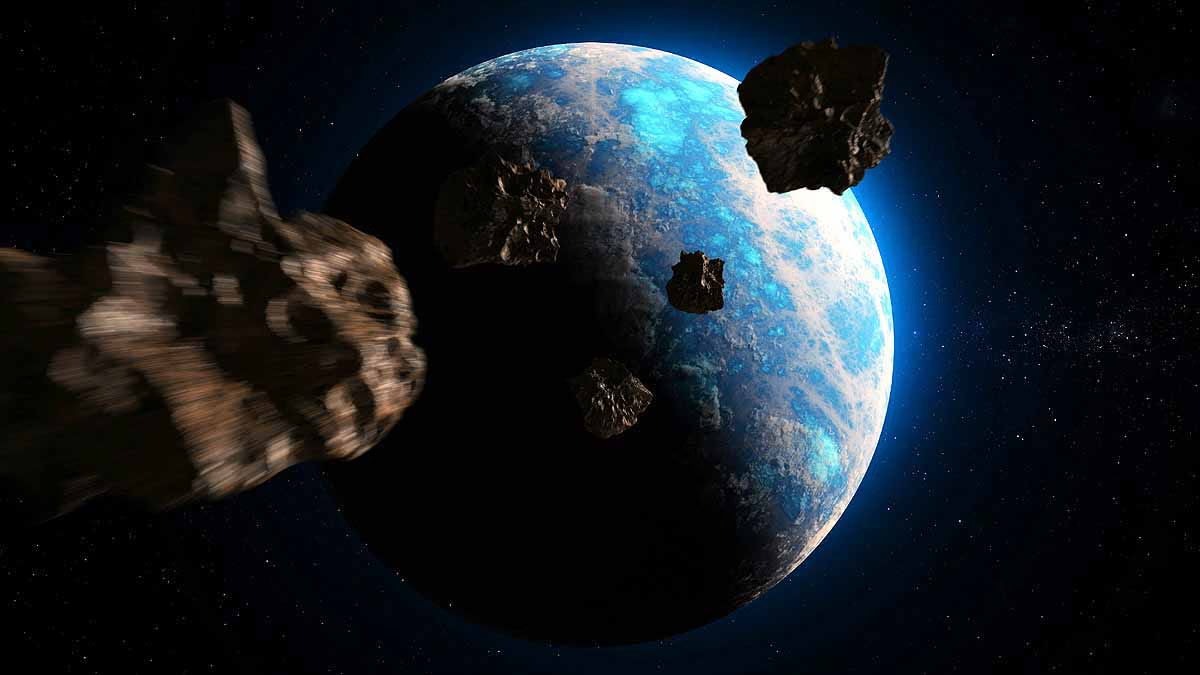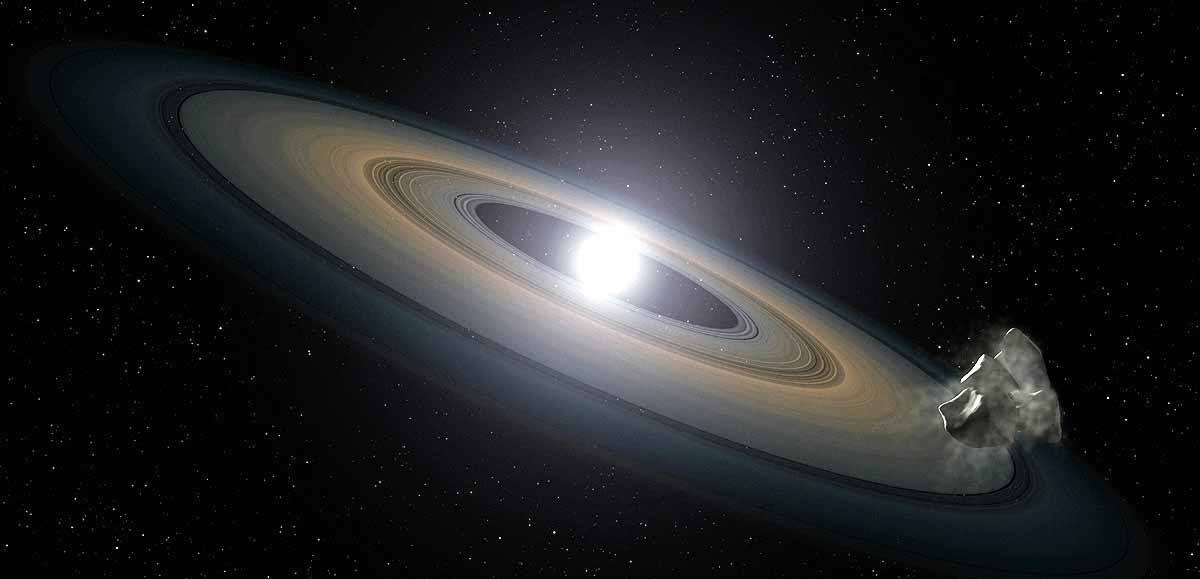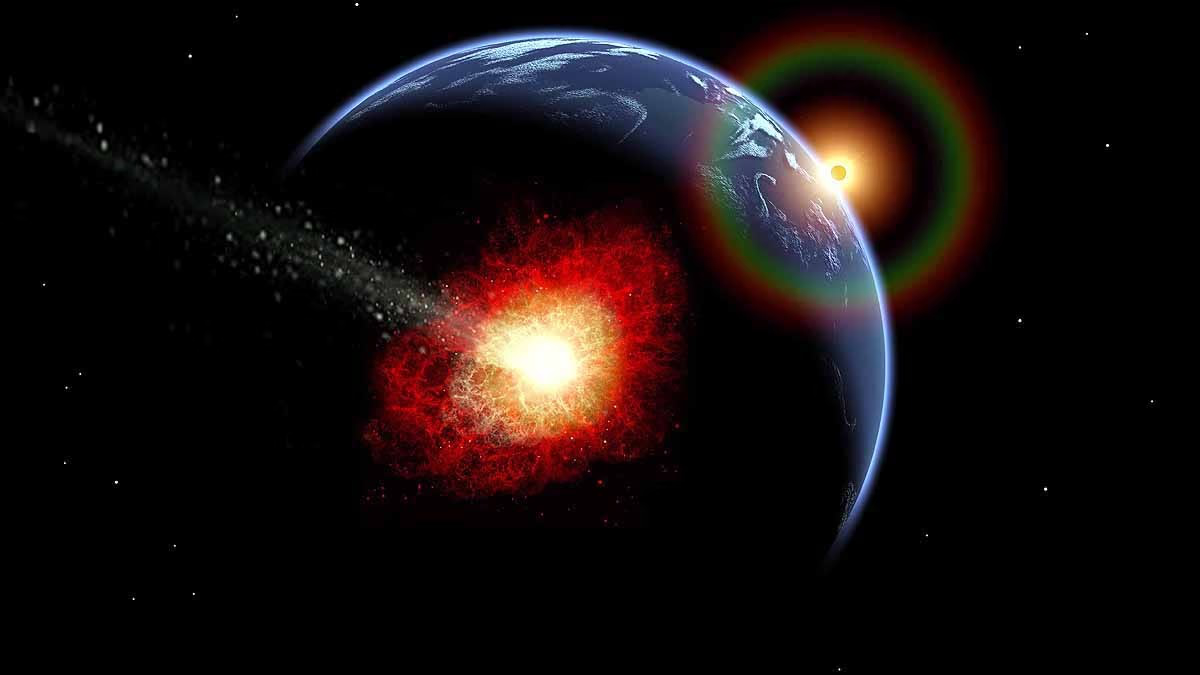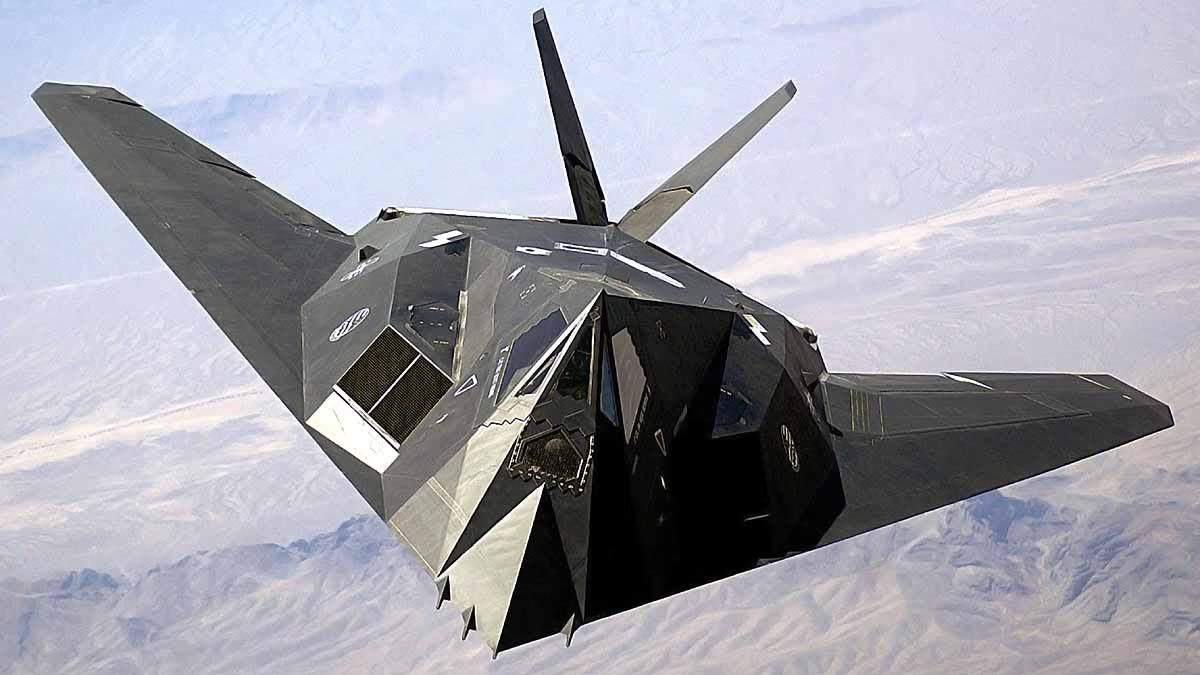Our planet could face a significant and unseen threat. Near Venus’s orbit, hundreds of asteroids lurk, hidden in the Sun's intense glow, making them invisible to our eyes. They are so close that viewing them requires looking towards the sun, yet its light obscures everything.
Astrophysicist Valerio Carruba from São Paulo State University explains that their study found numerous dangerous asteroids undetectable with current telescopes. While these asteroids orbit the sun, they are not part of the famed asteroid belt between Mars and Jupiter. They are synchronized with Venus but remain elusive. In the future, they may dangerously collide with Earth.
These asteroids are not mere science fiction. Scientists have identified 20 such asteroids that are co-orbital with Venus. This means that rather than encircling Venus, they travel alongside it around the sun, occasionally moving ahead, falling behind, or crossing paths. Their orbits are unstable, altering every 12,000 years.

Source: aajtak
Their paths can only be predicted accurately for the next 150 years. With orbit shifts, they could veer from their stable path near Venus to close proximity to Earth, intersecting Earth's orbit, raising the threat of collision. Scientists believe the 20 so far discovered may only be the tip of the iceberg, with potentially many more still concealed.
Asteroids up to 300 meters wide could lurk among these, capable of creating craters 3 to 4.5 kilometers across and releasing energy equivalent to hundreds of megatons. If they were to impact densely populated areas, the devastation would be immense. A shared characteristic of Venus's fellow asteroids is an orbital eccentricity over 0.38. Eccentricity measures how oval the orbit is.

Source: aajtak
With Earth's orbit having an eccentricity of just 0.017, it is nearly circular. Higher eccentricity means more elongated orbits, bringing these asteroids closer to Earth at times. They can be spotted during twilight when the sun is setting, but less-eccentric asteroids remain hidden.
Carruba and his team performed computer simulations to study orbits with low eccentricity – potential threats to Earth – and whether the soon-to-be-built Vera Rubin Observatory could help identify them. With the world's largest camera, this observatory might spot such asteroids during specific times annually, albeit on limited days.
This difficulty in detection poses a major issue for planetary defense. How to avert a threat that remains unseen? One answer lies in an observatory orbiting or alongside Venus. From this vantage, these asteroids can be easily observed. NASA's upcoming mission, 'NEO Surveyor,' will also aim to explore these uncharted regions of the solar system. As researchers noted in their report, while the Rubin Observatory can identify some asteroids, a space mission near Venus is essential to uncover all these 'invisible dangerous asteroids.'




